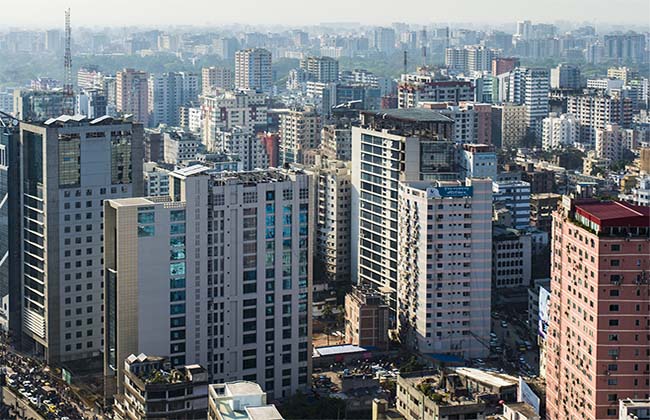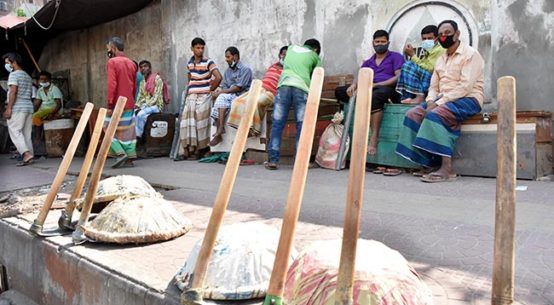
In these days, the temperature in the country’s big cities keeps rising. Data say, in the last two decades, the temperatures of our five main cities – Dhaka, Rajshahi, Khulna, Sylhet, and Chattogram – rose by over 1.55 degree Celsius. Due to rising temperature, new diseases are increasing in urban areas, putting public life in pressure. Sadly, the issue of urban climate impact is still largely ignored in the country.
Although the country’s cities are expanding over time, their positions in the international liveability index is declining day by day. it has a link with urban warming. There are a number of reasons why temperatures in big cities have reached alarming levels today. At one time, people’s life was confined to villages. However, for more than two decades, crowds have been flocking to cities in need of work, increasing city’s population density. It has ultimately played a major role in increasing temperature.
At the same time, the coverage of concrete infrastructure in cities has increased manifold, thanks to unplanned urbanisation. The amount of agricultural land and greenery has decreased in urban areas. Wetlands have decreased. In addition, the materials used in city buildings are not climate sensitive. As a result, most infrastructures are heated during the day but release the heat at a very slow rate at night. This surplus heat prevails in the surrounding environment, raising the temperature.
Ultimately, it is growing discomfort in public life and putting pressure on energy resources. Similarly, people use water in excess to keep themselves cool, which will raise pressure on water resources in the near future. In other words, the overall situation is likely to deteriorate further. So, there is no alternative to taking effective measures to prevent urban warming.
A balanced urban development requires a proper urban planning. One of the most important determinants of urban planning is the floor area ratio (FAR). In developed cities, infrastructure is built in compliance with the FAR. But in our country, it is not properly observed. Infrastructure is built in our big cities to cope with the population pressure without much planning. As a result, the green-covered areas are shrinking every day, raising temperature indirectly.
There is no shortage of relevant laws and regulations in the country. The construction of buildings in the city has specific building codes. Architects also take things into account when designing. But, there are many discrepancies between the design and the implementation. Therefore, it is not only necessary to have laws and regulations but also to ensure that they are being implemented properly in the field of construction.
Cities are still the driver of our economic growth. The state leadership plans to transform Bangladesh into a middle-income country in the near future. A World Bank report has called for increasing the concentration of economic activity along with sustainable development of the city to accelerate the work for its achievement. In that case, it needs to balance between the environmental protection and economic activities of cities. Sustainable Development Goals will remain elusive without a research-based plan in the face of rising global warming. The number of green-covered areas should be increased to prevent warming in cities. Existing wetlands need to be preserved. Innovative strategies need to be developed to reduce temperature. It is expected the policymakers will take deliberate steps in this regard.


